Martha Parsey: If 6 was 9 at Eleven
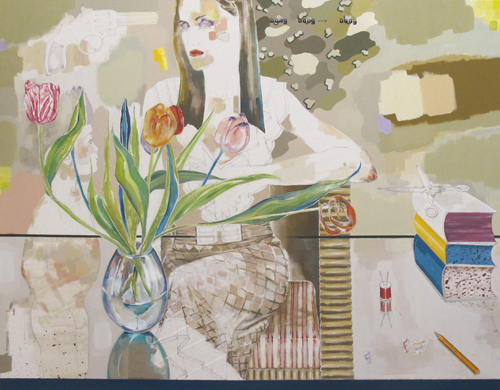
Since its opening in 2005, Eleven, on Eccleston Street, has hosted a succession of fresh and exciting exhibitions. The gallery’s focus is on upcoming contemporary artists, both UK-based and international, and past shows have featured pieces from the likes of Tessa Farmer, Roland Hicks and Ben Turnbull.
The latest exhibition, If 6 was 9, is dedicated to the work of London-born artist Martha Parsey who studied film at Central St Martins and the London College of Printing, before moving to Berlin to attend the German Film and Television Academy. Her films on Francis Bacon have been screened at the ICA and the Hayward Gallery, as well as Paris’ Pompidou centre and the Haus der Kunst in Munich.
If 6 was 9 is an exhibition of paintings inspired by the works of David Hockney, whose 1960s pieces in particular, Parsey has long held an admiration for. The show includes work in a range of scales from the large oil on canvas pieces in the first room, to the smaller pieces created on paper and then mounted on wood, in the second. Large amounts of space in the pieces are left unpainted as pencil line drawings, with areas of vibrant colour and detail. The way that the paint has been applied in such a selective way gives the details heightened significance. As Parsey mentioned in a short interview, she chooses to use this technique to draw the viewer’s focus to specific areas and objects, which often includes figures.
Working in this way leaves much open to the viewer’s own interpretations. The piece A Stitch in Time (2012), for example, portrays a female figure looking towards a male child, who is partially obscured by the vase of tulips that stands on the table between them. In the left-hand corner of the canvas, suspended in the air, looms an oversized gun drawn in pencil and out of proportion to the figures. Its barrel points towards the female’s head and the opposite side of the canvas displays the words “bang bang bang”.
Parsey explained that the concept for the piece came from Hockney’s painting Christopher Isherwood and Don Bachardy (1968), which portrays an “alternative” couple in the sense that its focus is the relationship between two men. Parsey wanted to depict another couple, alternative to the traditional man and woman pairing, and so she chose to study the relationship between a mother and her child. The painting is not necessarily intended to be a negative representation of this relationship; however, it is not unlikely that the viewer might attribute a more sinister meaning to the piece owing to the imagery.
Many of the other pieces in the exhibition share this level of intrigue. Martha Parsey’s portraits capture a great sense of character, beauty and spirit, and as an artist who is surprisingly still relatively unknown, If 6 was 9 provides an enjoyable introduction to her work and is highly recommended.
Melanie Weaver
If 6 was 9 is at Eleven until 16th February 2013. For further information or to book visit the gallery’s website here.


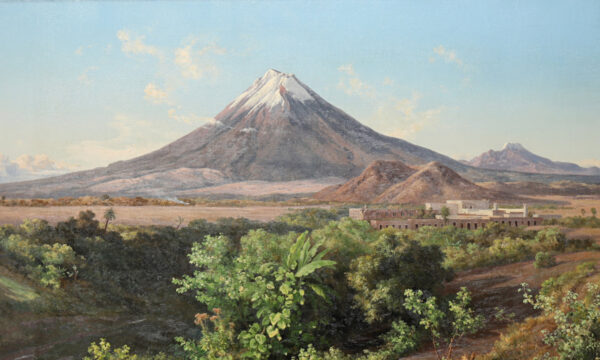
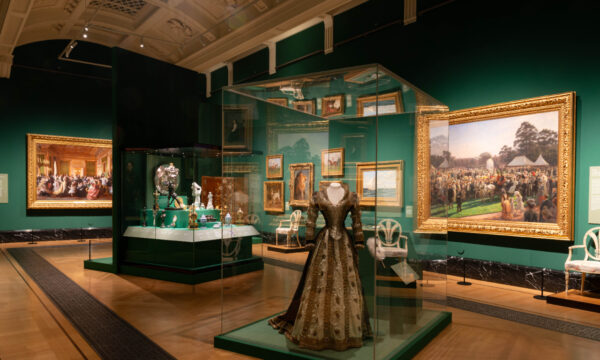
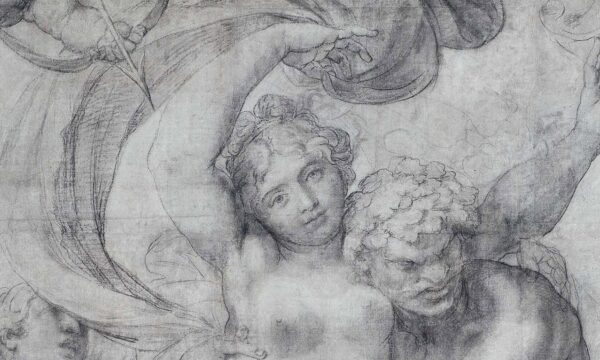
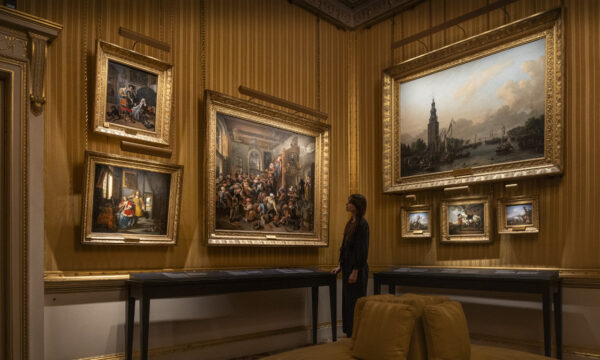
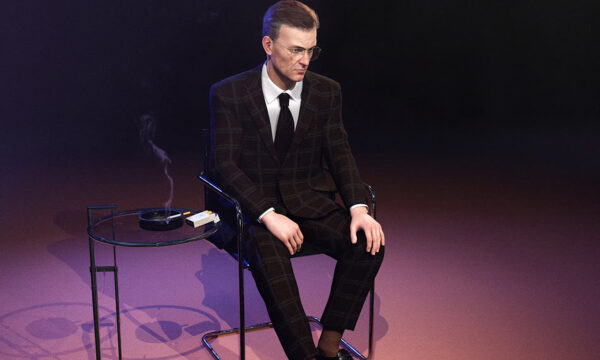
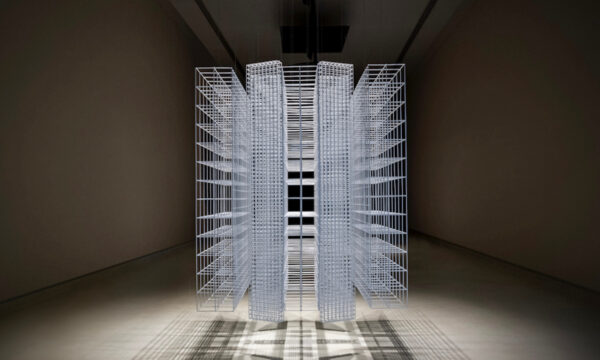
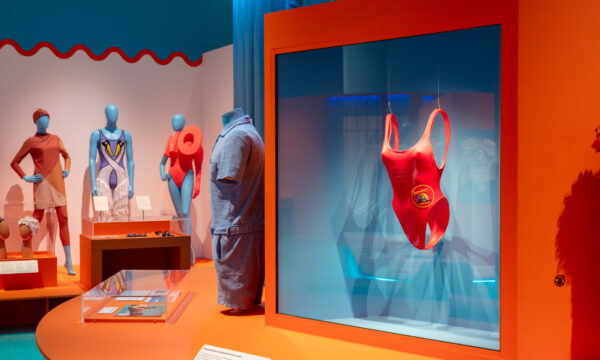
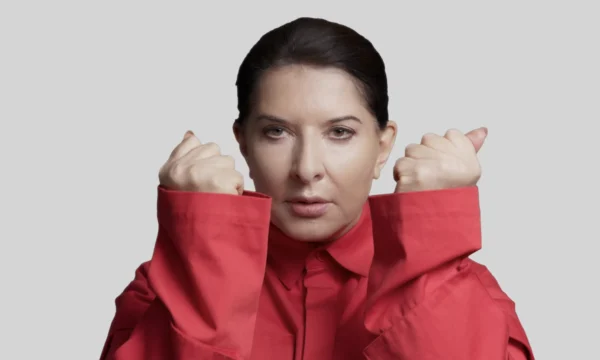

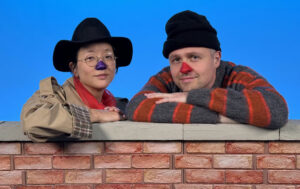

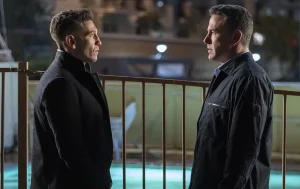

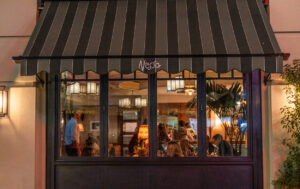
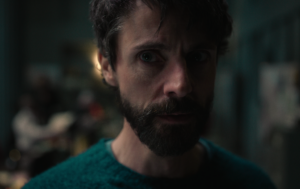
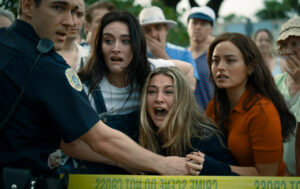
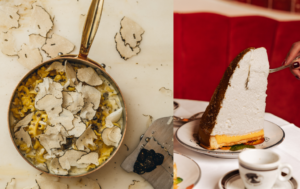
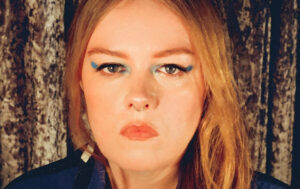



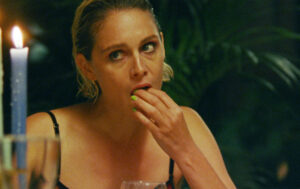

Facebook
Twitter
Instagram
YouTube
RSS